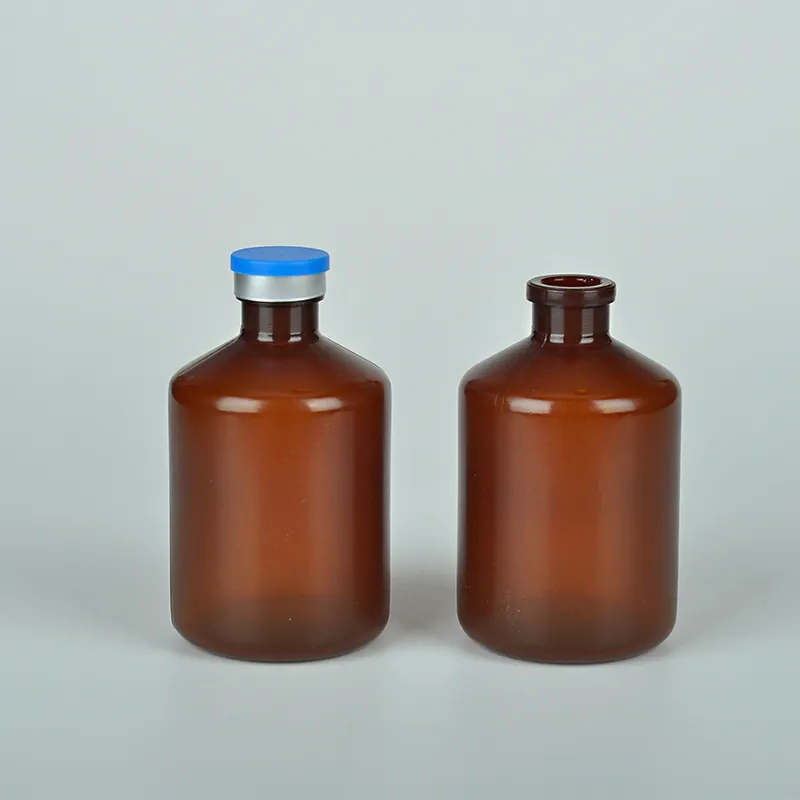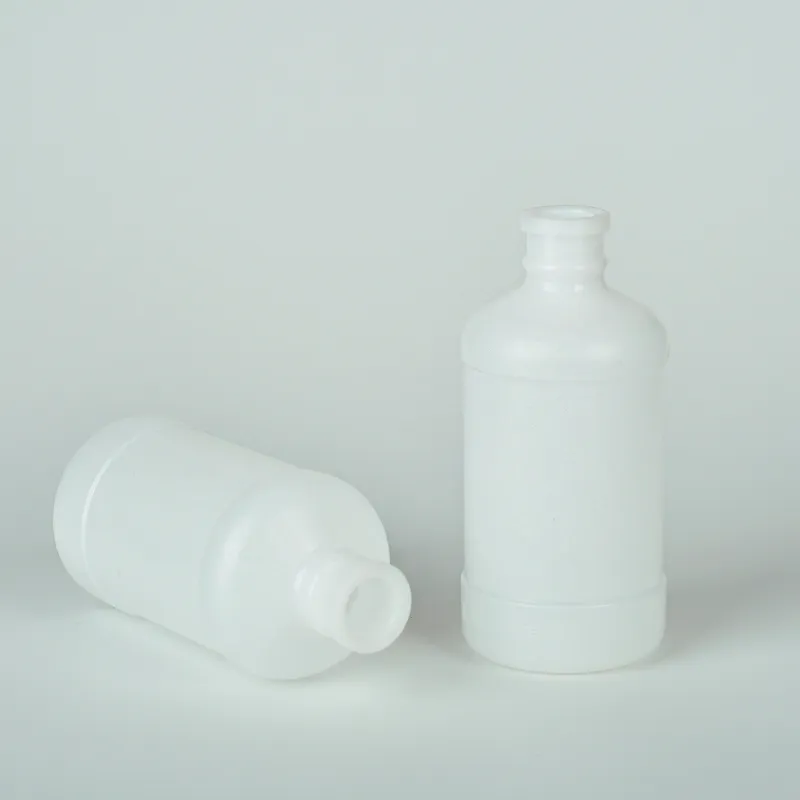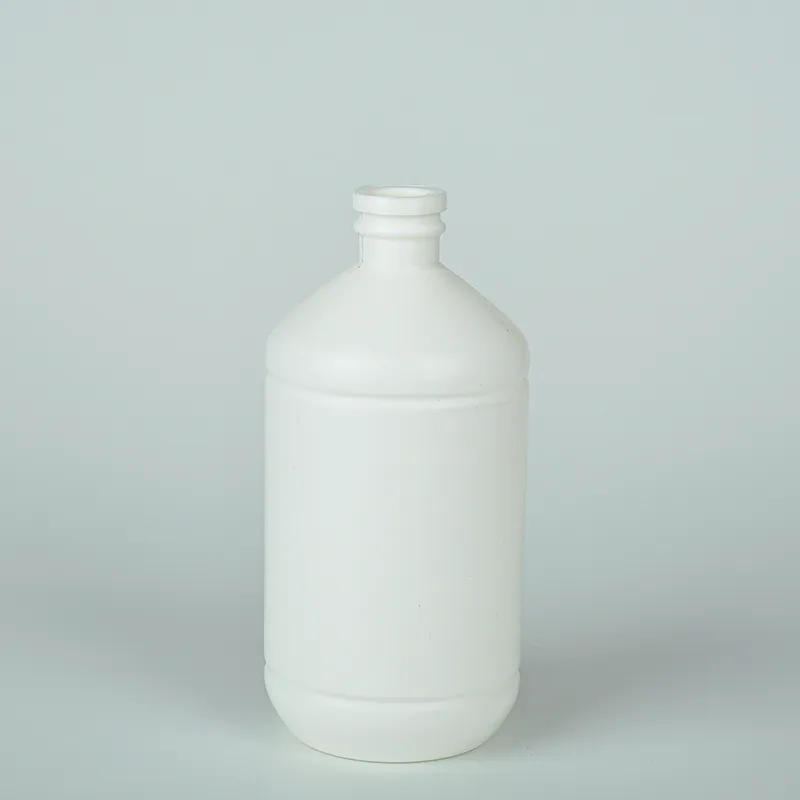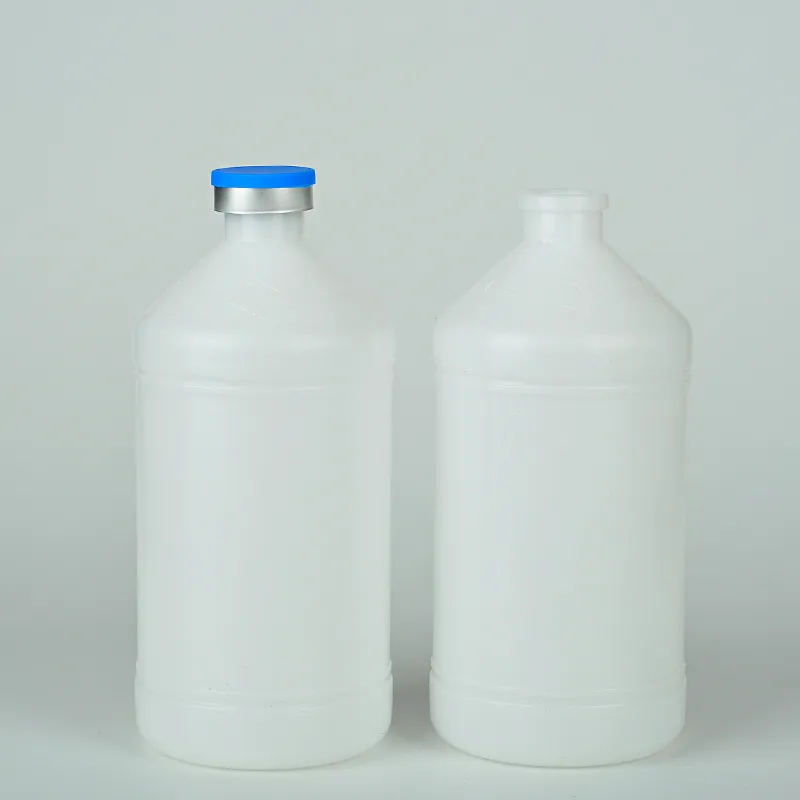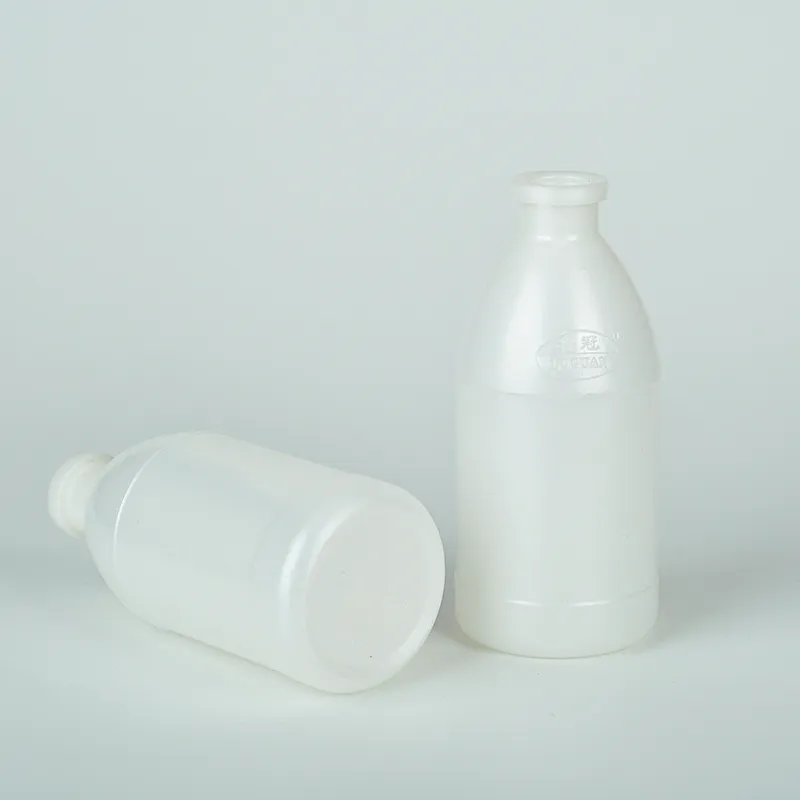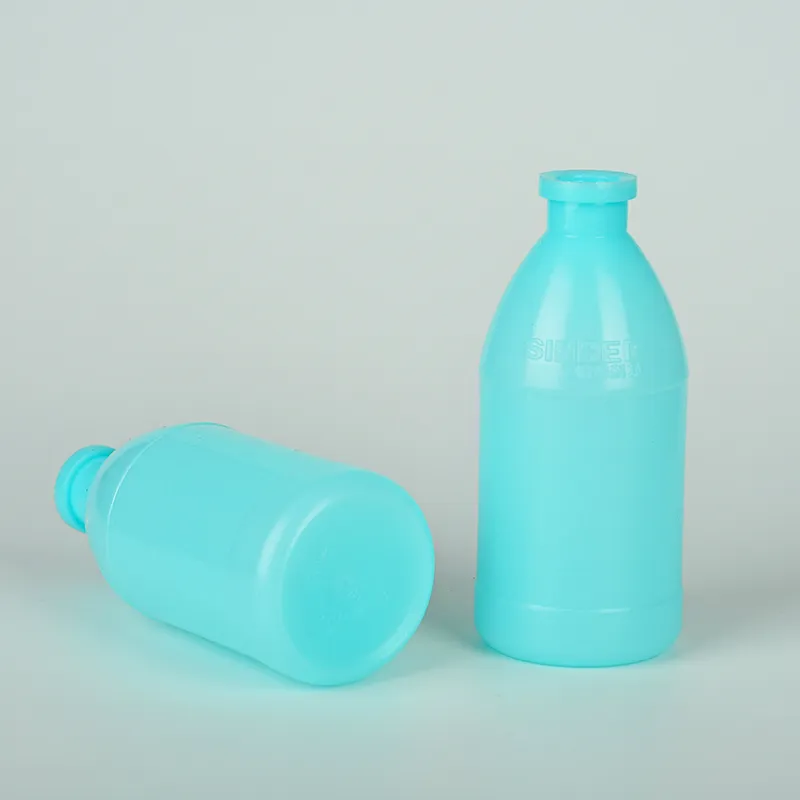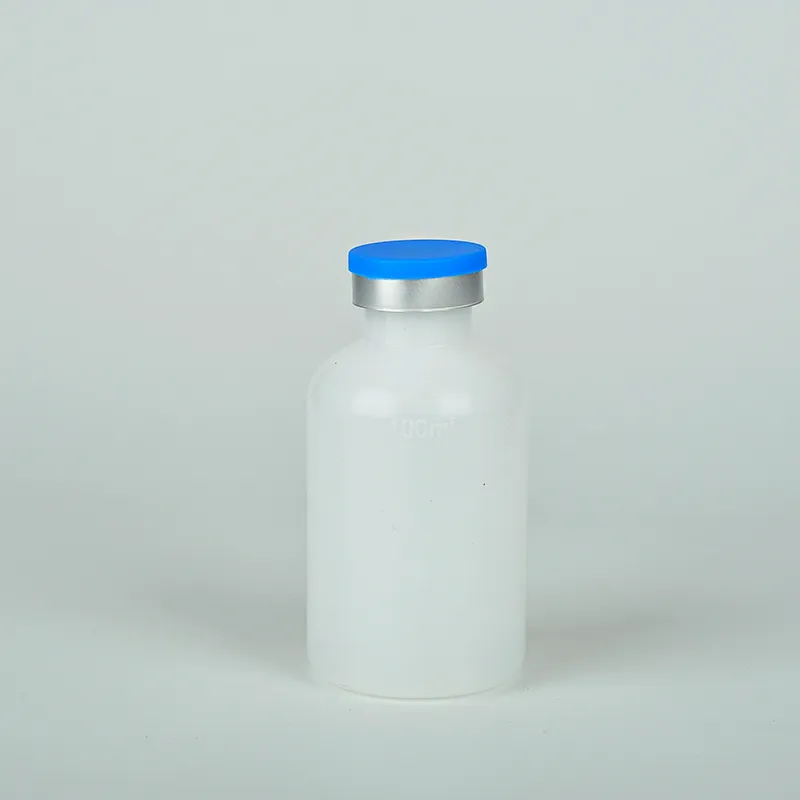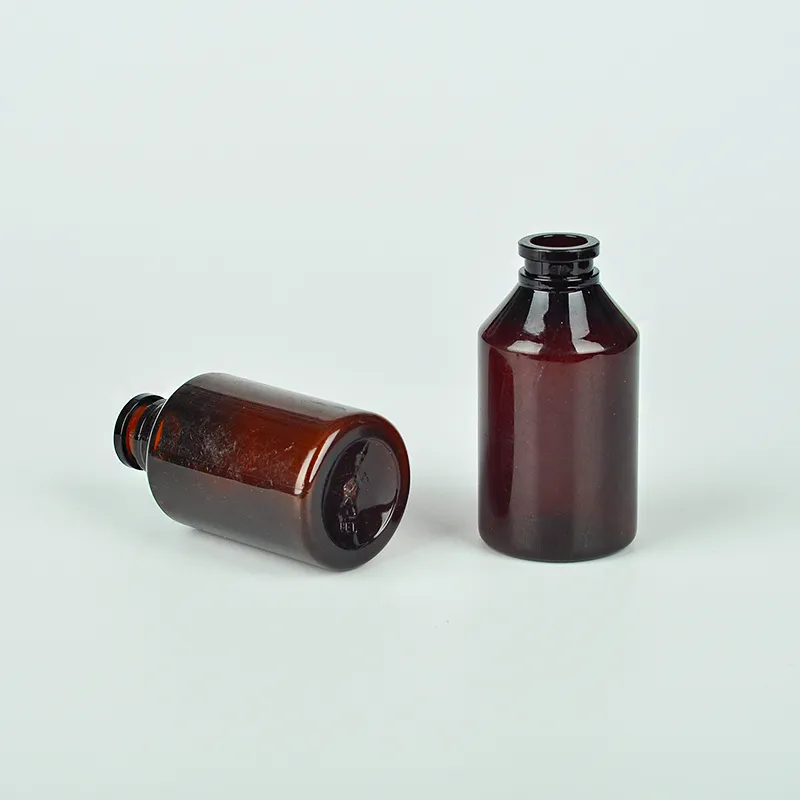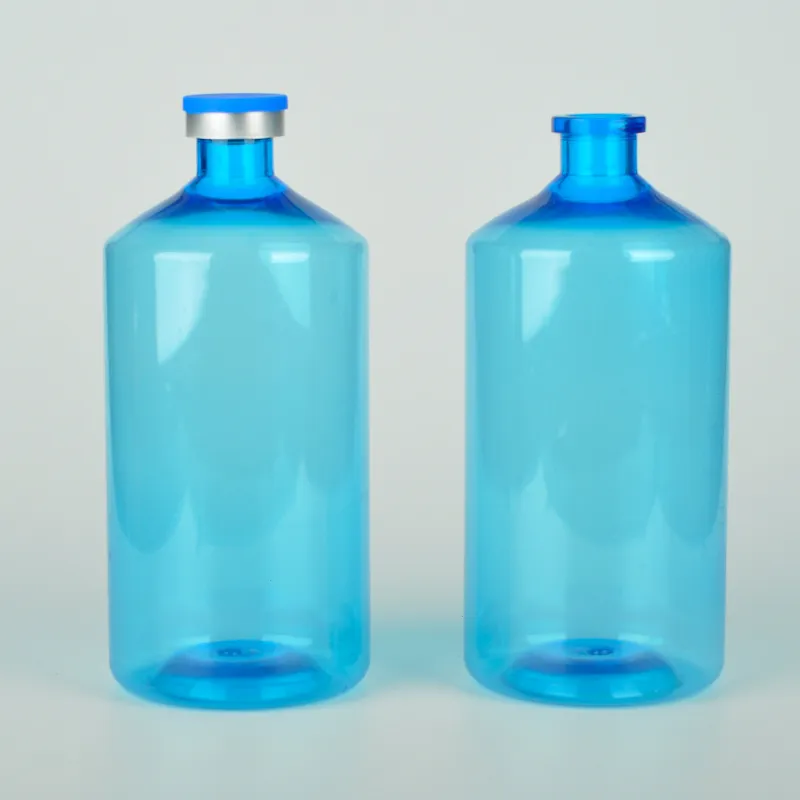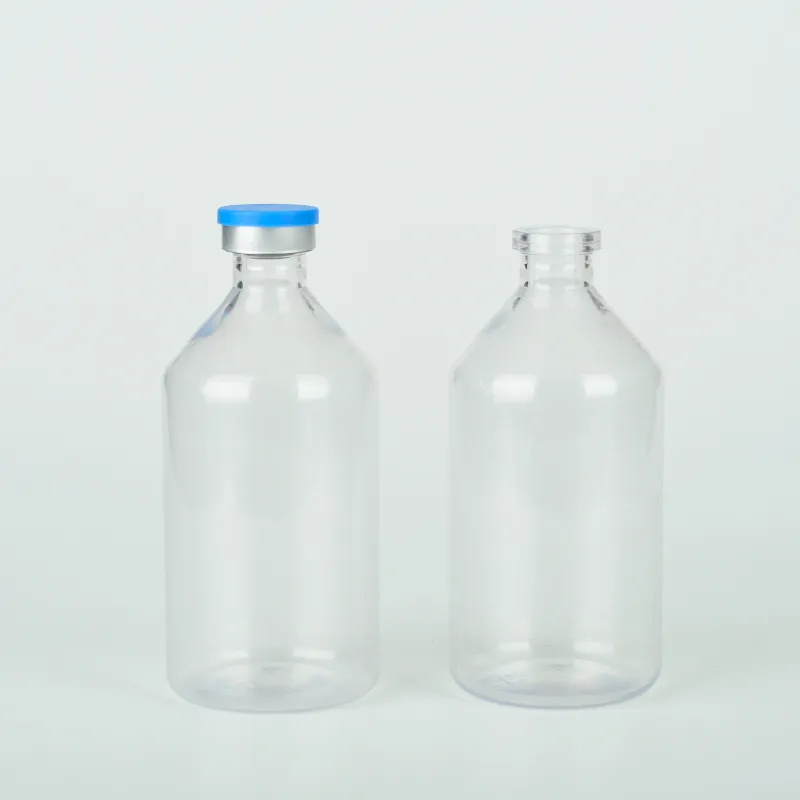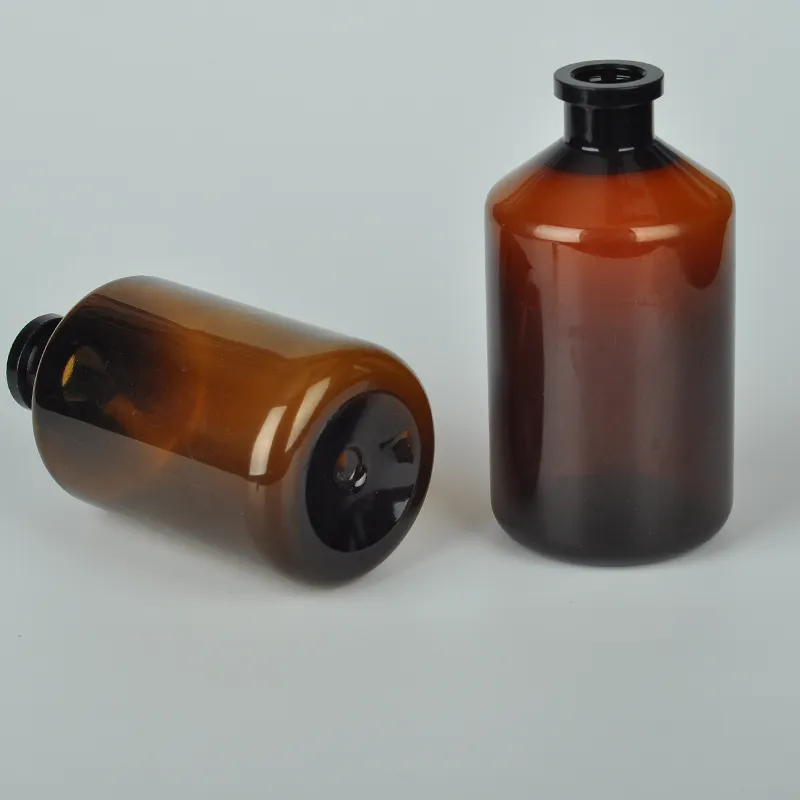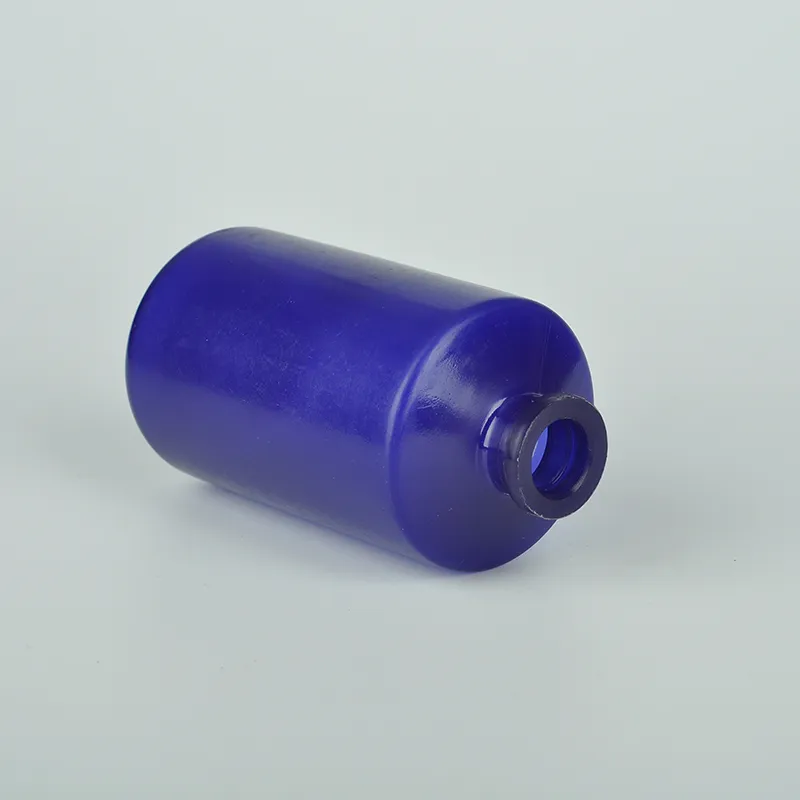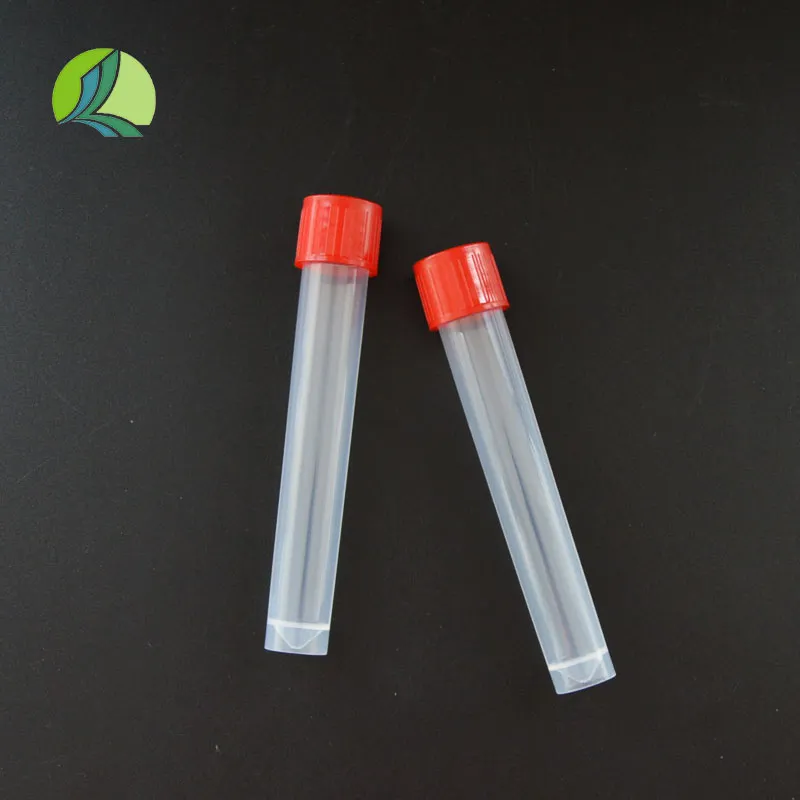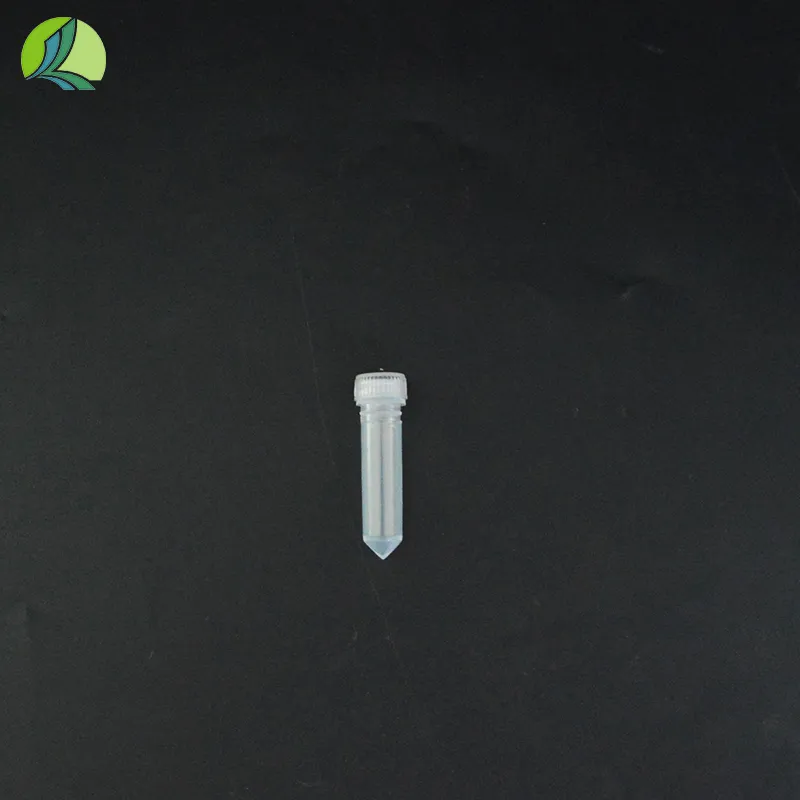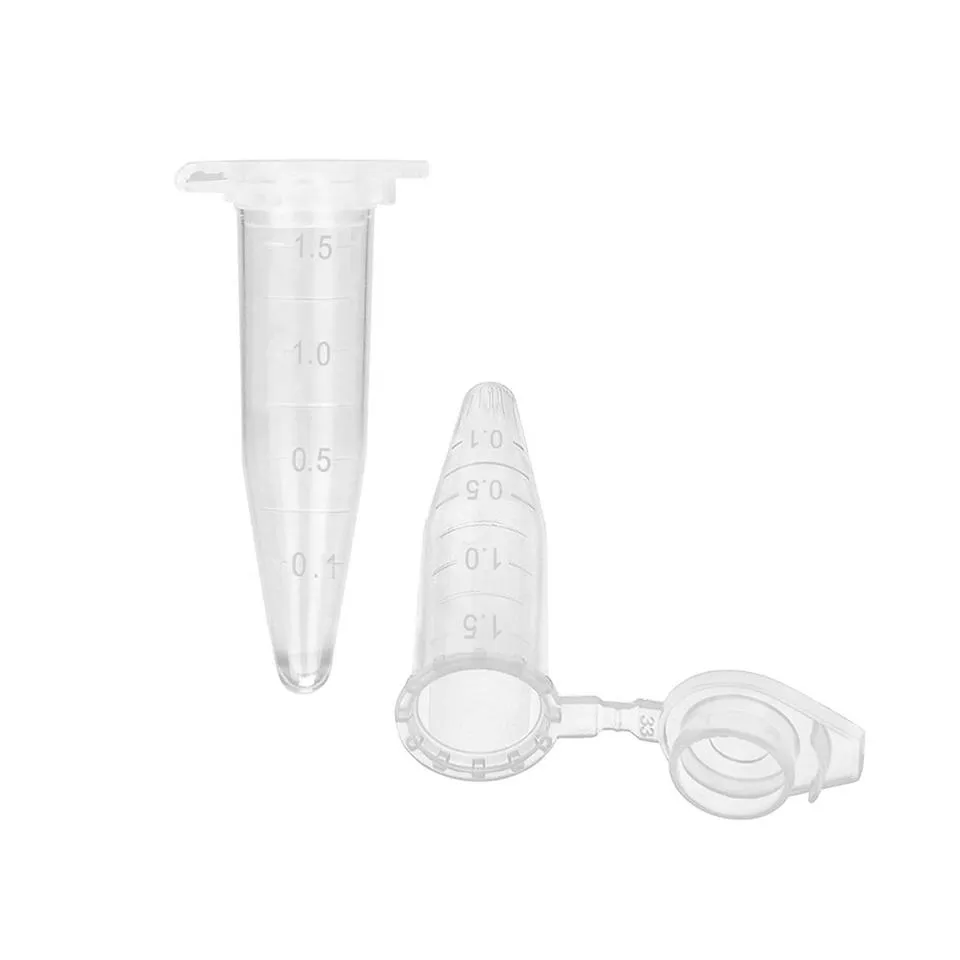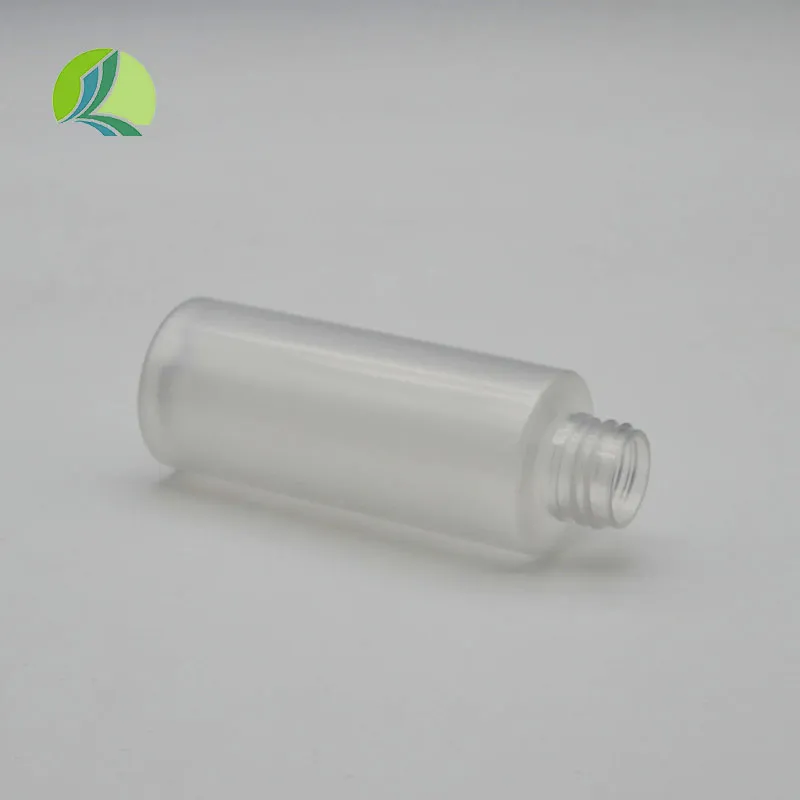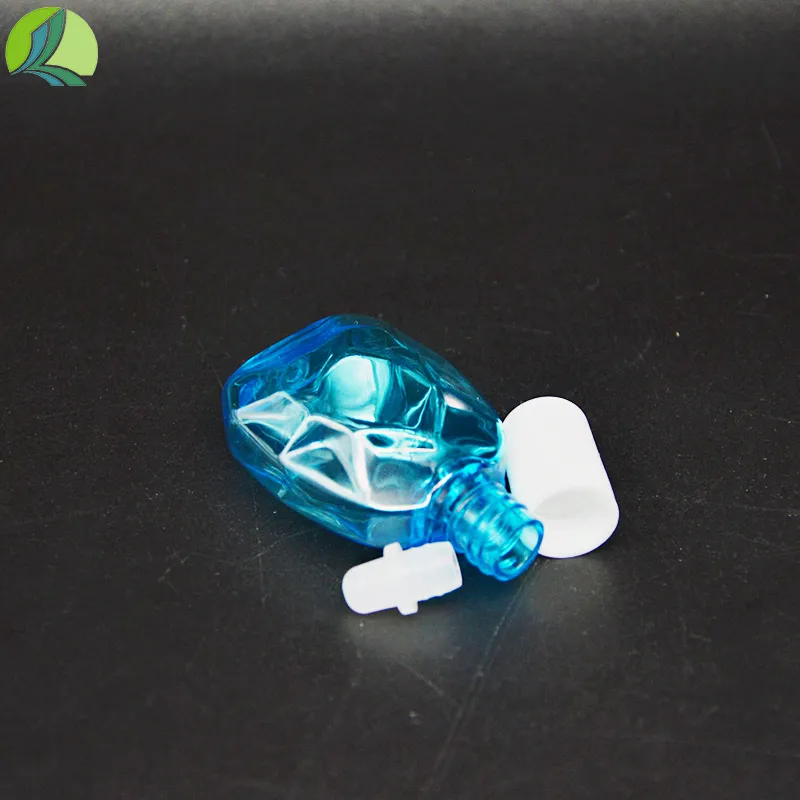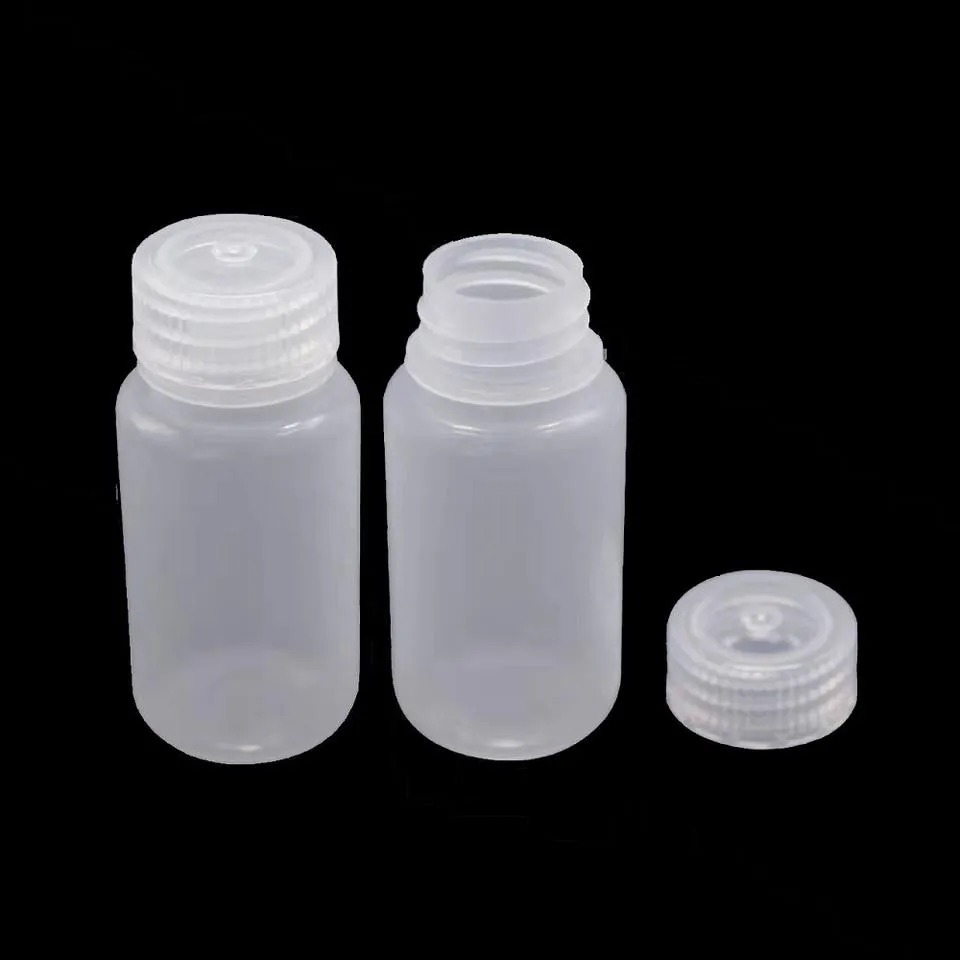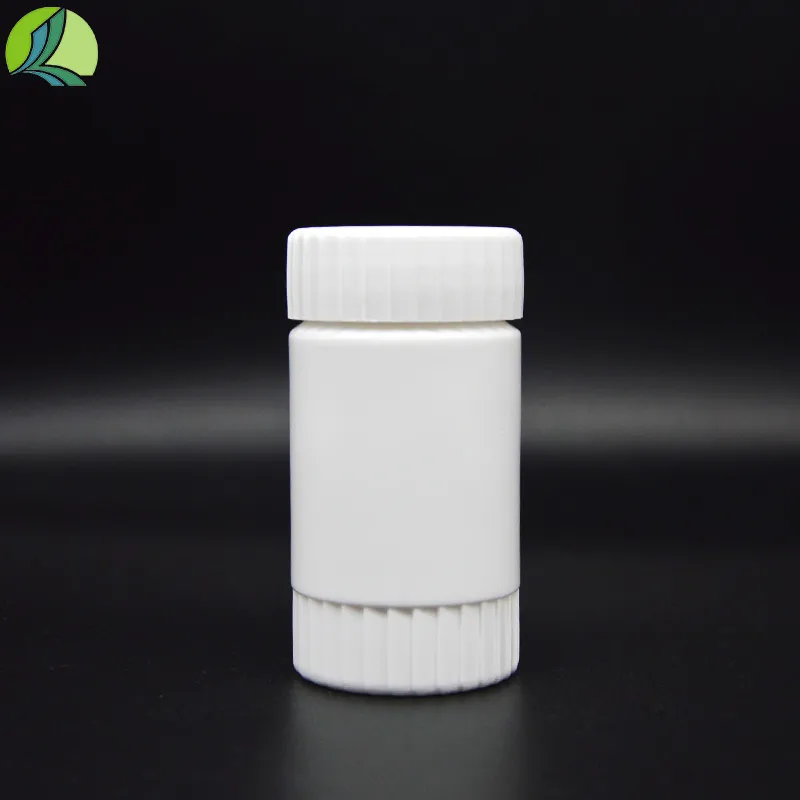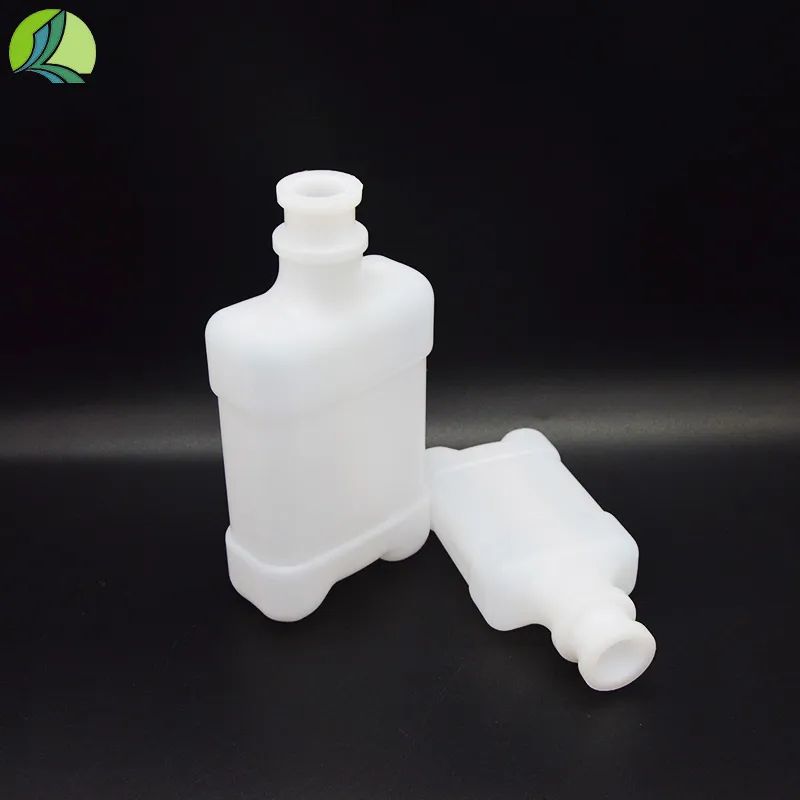
-
 Afrikaans
Afrikaans -
 Albanian
Albanian -
 Amharic
Amharic -
 Arabic
Arabic -
 Armenian
Armenian -
 Azerbaijani
Azerbaijani -
 Basque
Basque -
 Belarusian
Belarusian -
 Bengali
Bengali -
 Bosnian
Bosnian -
 Bulgarian
Bulgarian -
 Catalan
Catalan -
 Cebuano
Cebuano -
 Corsican
Corsican -
 Croatian
Croatian -
 Czech
Czech -
 Danish
Danish -
 Dutch
Dutch -
 енглески језик
енглески језик -
 Esperanto
Esperanto -
 Estonian
Estonian -
 Finnish
Finnish -
 French
French -
 Frisian
Frisian -
 Galician
Galician -
 Georgian
Georgian -
 German
German -
 Greek
Greek -
 Gujarati
Gujarati -
 Haitian Creole
Haitian Creole -
 hausa
hausa -
 hawaiian
hawaiian -
 Hebrew
Hebrew -
 Hindi
Hindi -
 Miao
Miao -
 Hungarian
Hungarian -
 Icelandic
Icelandic -
 igbo
igbo -
 Indonesian
Indonesian -
 irish
irish -
 Italian
Italian -
 Japanese
Japanese -
 Javanese
Javanese -
 Kannada
Kannada -
 kazakh
kazakh -
 Khmer
Khmer -
 Rwandese
Rwandese -
 Korean
Korean -
 Kurdish
Kurdish -
 Kyrgyz
Kyrgyz -
 Lao
Lao -
 Latin
Latin -
 Latvian
Latvian -
 Lithuanian
Lithuanian -
 Luxembourgish
Luxembourgish -
 Macedonian
Macedonian -
 Malgashi
Malgashi -
 Malay
Malay -
 Malayalam
Malayalam -
 Maltese
Maltese -
 Maori
Maori -
 Marathi
Marathi -
 Mongolian
Mongolian -
 Myanmar
Myanmar -
 Nepali
Nepali -
 Norwegian
Norwegian -
 Norwegian
Norwegian -
 Occitan
Occitan -
 Pashto
Pashto -
 Persian
Persian -
 Polish
Polish -
 Portuguese
Portuguese -
 Punjabi
Punjabi -
 Romanian
Romanian -
 Russian
Russian -
 Samoan
Samoan -
 Scottish Gaelic
Scottish Gaelic -
 Serbian
Serbian -
 Sesotho
Sesotho -
 Shona
Shona -
 Sindhi
Sindhi -
 Sinhala
Sinhala -
 Slovak
Slovak -
 Slovenian
Slovenian -
 Somali
Somali -
 Spanish
Spanish -
 Sundanese
Sundanese -
 Swahili
Swahili -
 Swedish
Swedish -
 Tagalog
Tagalog -
 Tajik
Tajik -
 Tamil
Tamil -
 Tatar
Tatar -
 Telugu
Telugu -
 Thai
Thai -
 Turkish
Turkish -
 Turkmen
Turkmen -
 Ukrainian
Ukrainian -
 Urdu
Urdu -
 Uighur
Uighur -
 Uzbek
Uzbek -
 Vietnamese
Vietnamese -
 Welsh
Welsh -
 Bantu
Bantu -
 Yiddish
Yiddish -
 Yoruba
Yoruba -
 Zulu
Zulu
Essential Tools in Laboratory Centrifugation: Types and Applications of Centrifuge Tubes
In the dynamic landscape of laboratory research and analysis, centrifuge tubes are indispensable for separating substances through centrifugal force. Among the various types, centrifuge falcon tubes, 50 ml centrifuge tubes round bottom, blood centrifuge tube, brand centrifuge tubes, and calibrated centrifuge tube stand out for their specialized designs and applications. These tubes are engineered to meet the rigorous demands of different centrifugation procedures, ensuring accuracy, safety, and efficiency in scientific workflows.
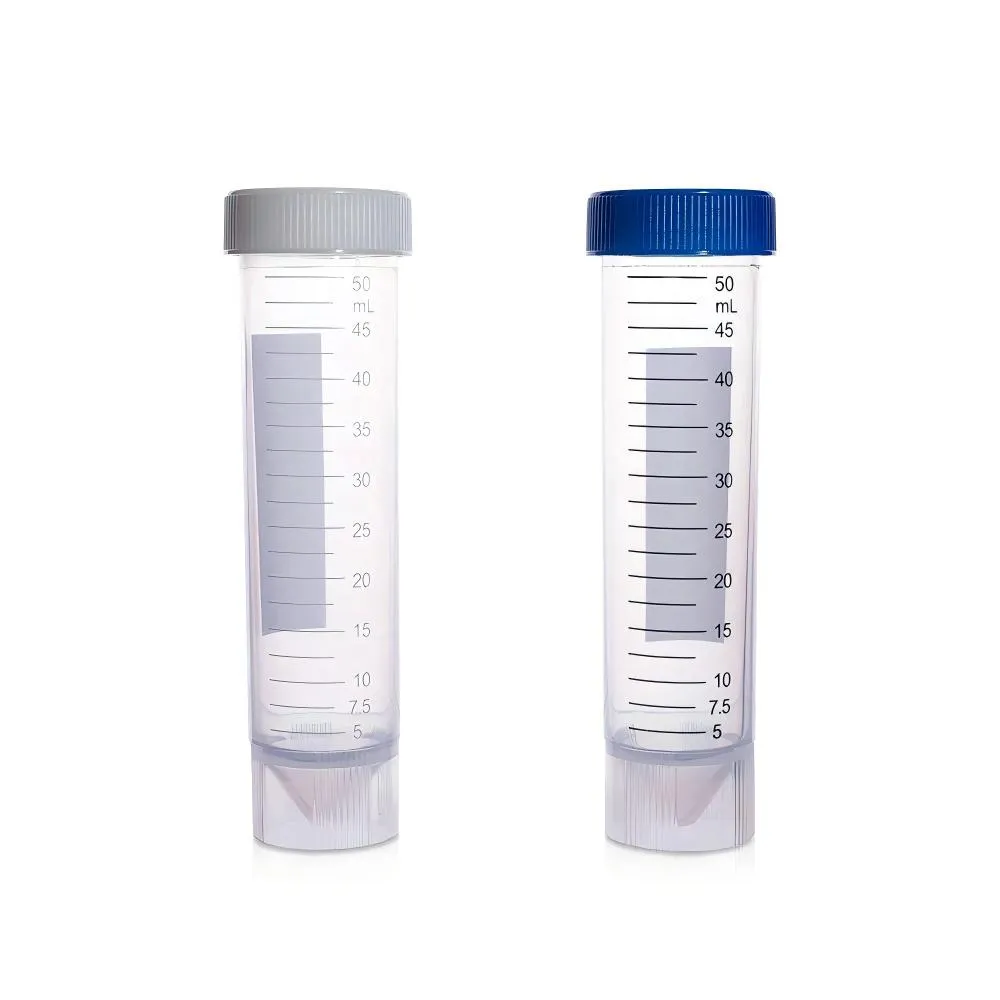
Versatile Solutions: Centrifuge Falcon Tubes
Centrifuge falcon tubes are a staple in laboratories due to their durability and compatibility with various centrifugation protocols. Manufactured from high - quality materials like polypropylene, these tubes resist chemical degradation and can withstand high rotational speeds. In biological research, they are commonly used for processing cell cultures, where their clear construction allows for easy visual inspection of samples. The secure lids of centrifuge falcon tubes prevent leakage during high - speed centrifugation, making them ideal for handling precious or hazardous specimens. Their standardized design also ensures compatibility with most centrifuge rotors, reducing the need for specialized adapters and enhancing workflow efficiency.
Precision - Engineered: 50 ml Centrifuge Tubes Round Bottom
For applications requiring large sample volumes, 50 ml centrifuge tubes round bottom offer an optimal solution. The round - bottom design distributes centrifugal force evenly, facilitating efficient pellet formation at the base of the tube. In biochemical assays, these tubes are often used for precipitating proteins or nucleic acids, as the rounded shape minimizes sample loss during decanting. Their graduated markings allow for precise volume measurement, while the robust construction withstands the mechanical stress of high - speed centrifugation. Laboratories working with mammalian cell cultures or large - scale tissue homogenates rely on 50 ml centrifuge tubes round bottom to process samples effectively without compromising on safety or accuracy.
Specialized Design: Blood Centrifuge Tube
In clinical and diagnostic settings, the blood centrifuge tube is critical for separating blood components such as plasma, serum, and cellular fractions. These tubes are often coated with anticoagulants or clot activators to facilitate specific separation processes. The smooth inner surface of blood centrifuge tube reduces cell adhesion, ensuring clean separation of platelets, red blood cells, and white blood cells. In hematology research, they enable the isolation of peripheral blood mononuclear cells (PBMCs) for immune studies, while in clinical labs, they are essential for preparing samples for biochemical analysis. The leak - proof seals and color - coded closures of these tubes also enhance sample tracking and prevent cross - contamination.
Reliability in Brand Centrifuge Tubes
Brand centrifuge tubes are preferred by many laboratories for their consistent quality and adherence to international standards. Reputable brands invest in rigorous testing to ensure their tubes meet specifications for burst resistance, temperature tolerance, and chemical compatibility. For example, in pharmaceutical research, where regulatory compliance is non - negotiable, brand centrifuge tubes provide the assurance of traceable quality control data. These tubes often feature advanced designs, such as ergonomic grips for easy handling or self - standing bases for convenient sample storage. While generic options may offer cost savings, brand centrifuge tubes excel in applications where reliability and reproducibility are paramount, such as in GLP (Good Laboratory Practice) - compliant environments.
Accuracy - Focused: Calibrated Centrifuge Tube
Precision is key in analytical chemistry and microbiology, making calibrated centrifuge tube an essential tool. These tubes feature clearly marked volume indicators that have been validated for accuracy, allowing researchers to measure and transfer samples with confidence. In quantitative PCR (qPCR) or ELISA assays, where small volume variations can impact results, calibrated centrifuge tube ensures consistent sample loading. The calibration process typically involves stringent verification against international measurement standards, ensuring that each tube meets specified tolerances. Laboratories working with limited or expensive reagents appreciate the minimized sample loss and enhanced precision offered by calibrated centrifuge tube, making them a vital component in high - stakes experimental setups.
Considerations for Optimal Centrifuge Tube Use
Material Selection Based on Application
Choosing the right material for centrifuge tubes is crucial. Polypropylene (PP) is ideal for most biological applications due to its chemical resistance and low protein binding, while polystyrene (PS) may be used for optical measurements due to its clarity. For high - temperature applications, such as processing samples with organic solvents, tubes made from polycarbonate (PC) offer superior heat resistance. Matching the tube material to the sample type and centrifugation conditions ensures optimal performance and prevents material degradation.
Importance of Tube Closure Systems
Secure closures are vital to prevent leakage during centrifugation. Screw - cap closures provide a tight seal for high - speed runs, while snap - fit lids offer quick access for frequent sample handling. Some tubes feature breathable membranes for gas exchange in cell culture applications, balancing containment with environmental control. Always verify that the closure system is compatible with the centrifuge’s maximum RPM and the sample’s hazard level to avoid safety risks or experimental errors.
Sterilization and Cleaning Protocols
For sterile applications, such as cell culture or microbial work, centrifuge tubes must be sterilized appropriately. Many brand centrifuge tubes are available pre - sterilized by gamma irradiation or ethylene oxide, eliminating the need for in - house processing. Non - sterile tubes can be autoclaved, but it is essential to check manufacturer guidelines for temperature and pressure limits. After use, contaminated tubes should be disposed of as biohazard waste, while reusable tubes (if applicable) should be cleaned with mild detergents and rinsed thoroughly to prevent cross - contamination in subsequent experiments.
-
What Are the Key Uses of Graduated Centrifuge Tubes?ВестиAug.20,2025
-
Unveiling the Core Purposes of Centrifuge Tubes: A Laboratory EssentialВестиAug.20,2025
-
How Are Centrifuge Tubes Employed in Microbiology and Laboratory Settings?ВестиAug.20,2025
-
Functional Solutions for Laboratory Separation: Centrifuge Tubes and Their VariantsВестиAug.20,2025
-
Centrifuges for Blood Tubes: Essential Tools in Laboratory and Clinical SettingsВестиAug.20,2025



